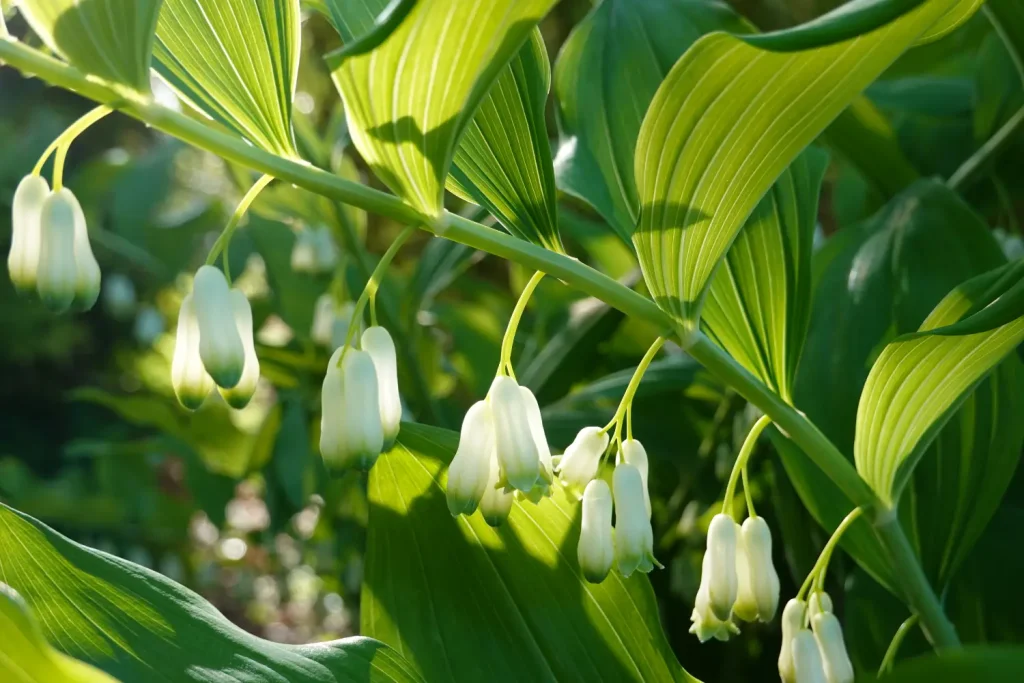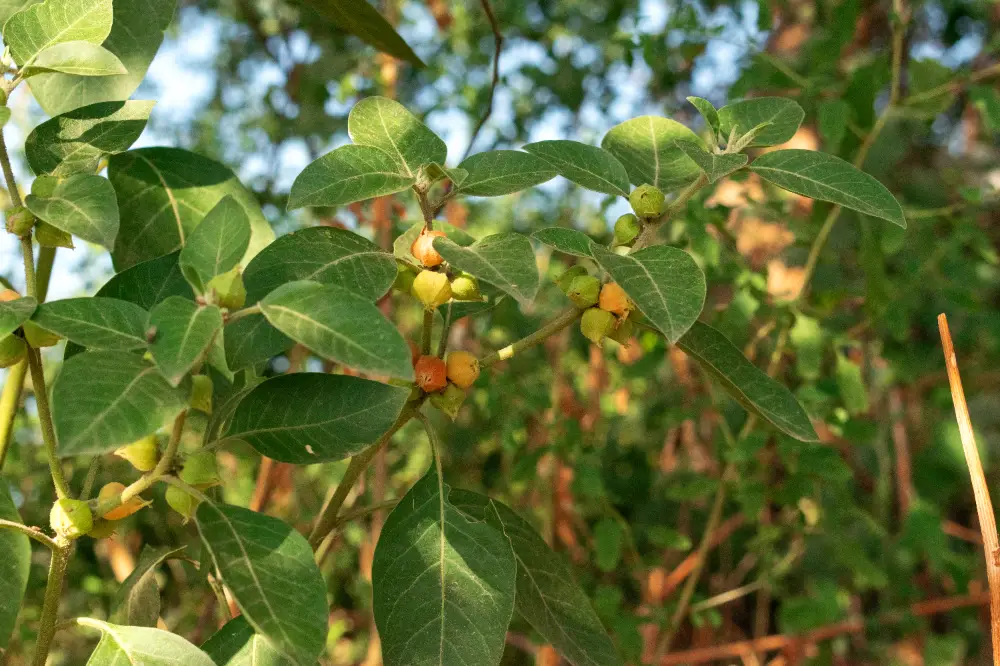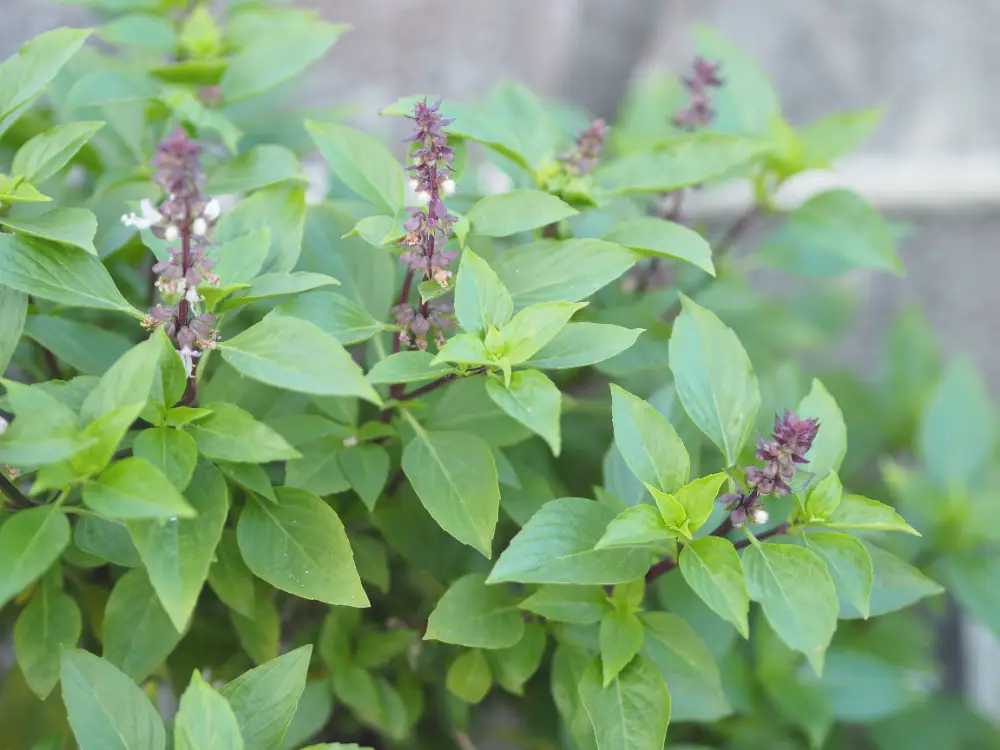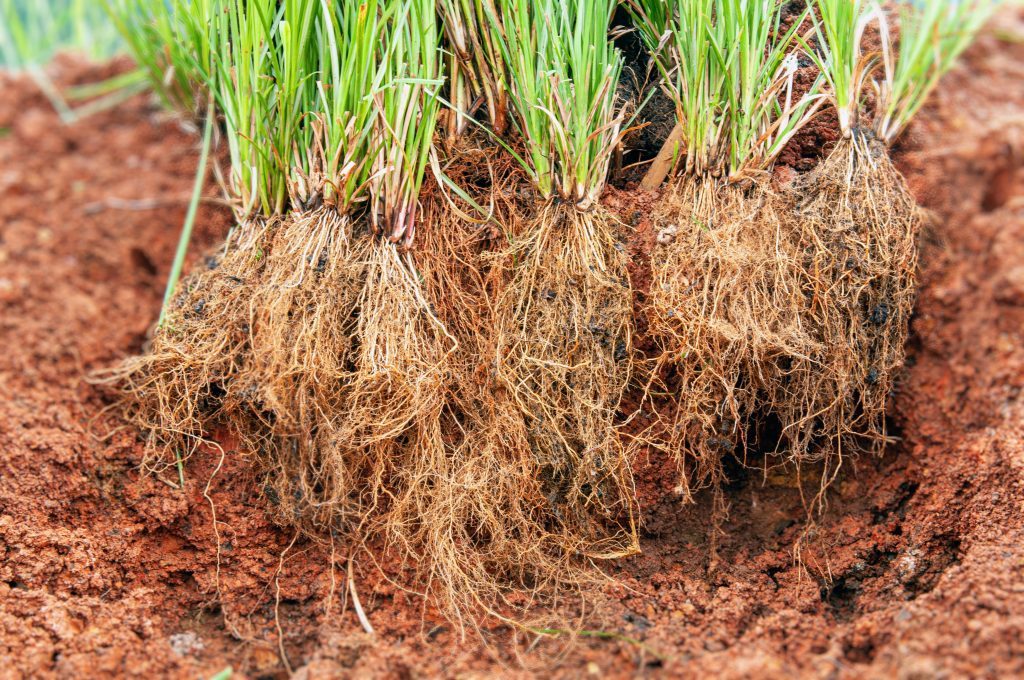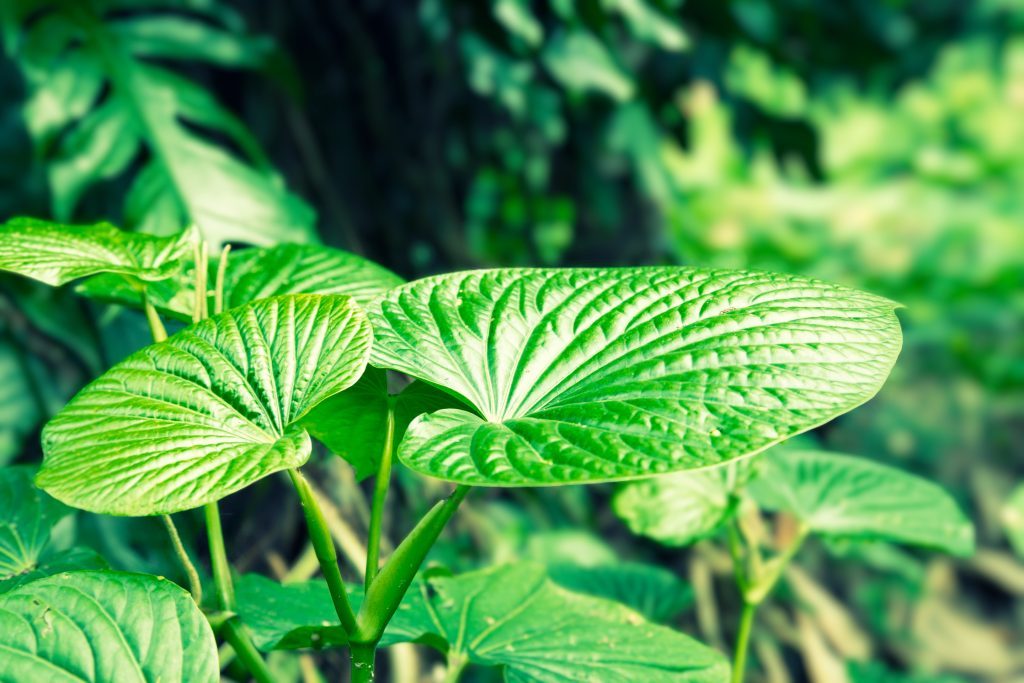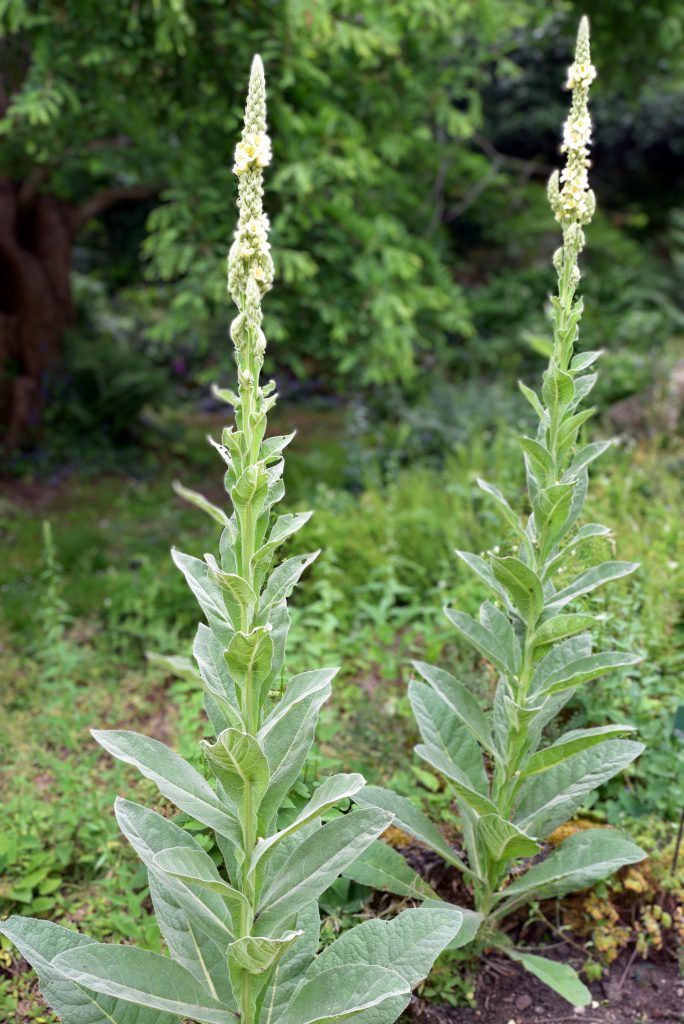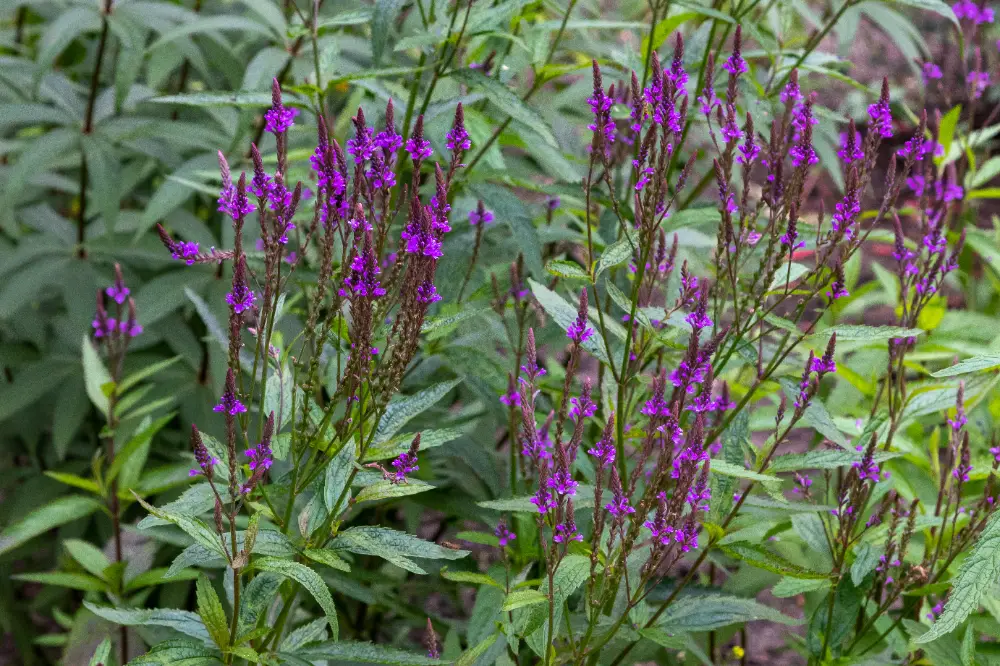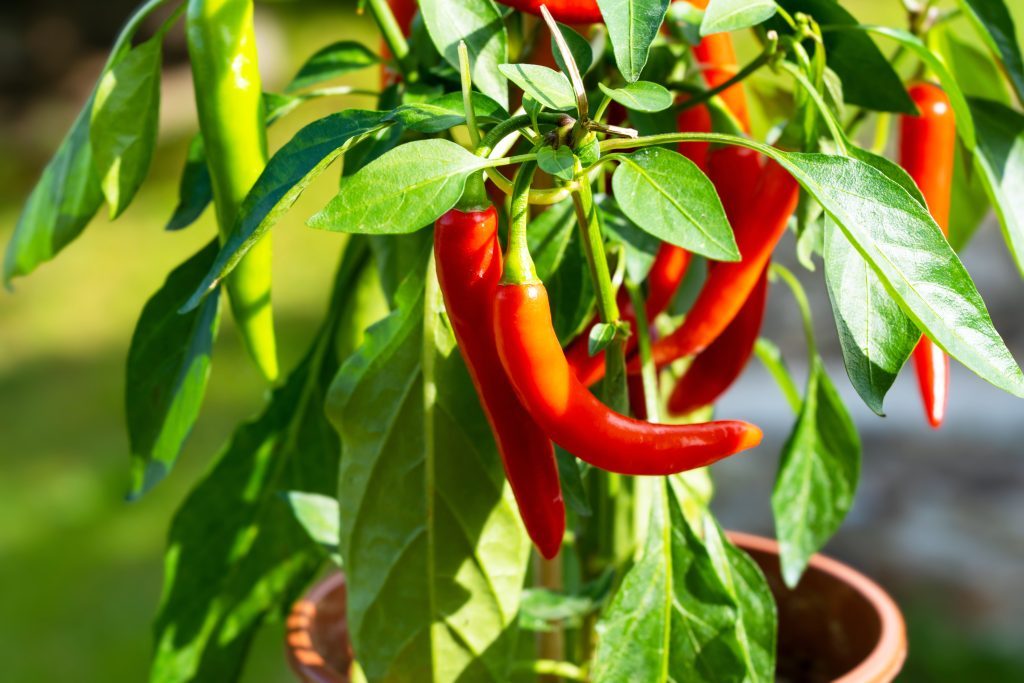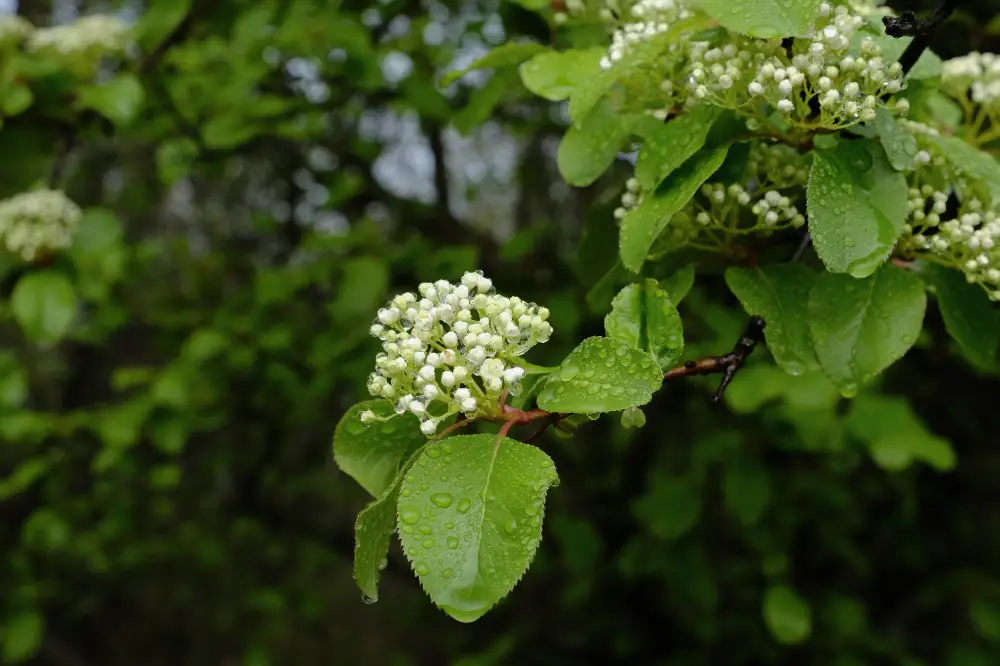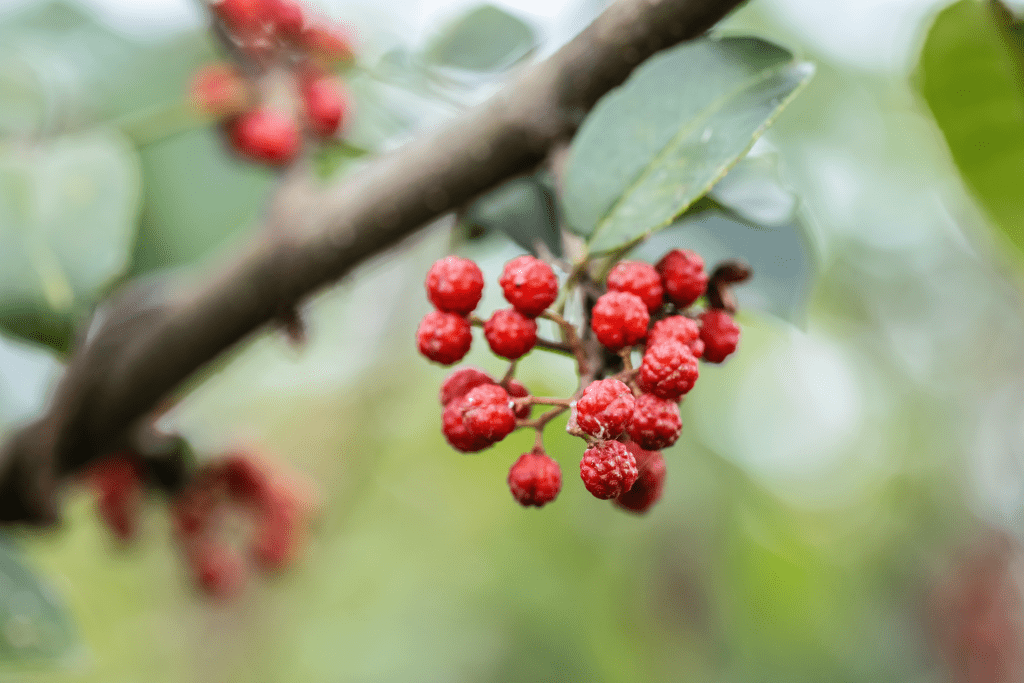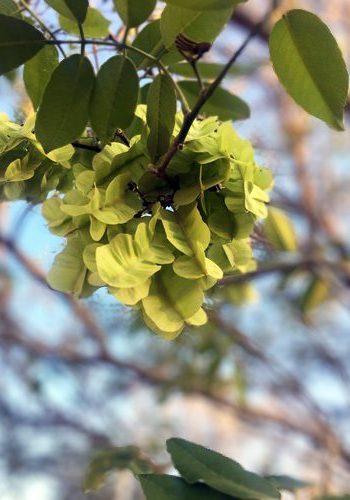
Jamaican Dogwood
Piscidia erythrina
Fabaceae (Legume family)
“The Tranquilizer Tree: A Potent Natural Remedy for Pain Relief, Muscle Relaxation, and Spiritual Calm.”
Other names:
Fish Poison Tree, Florida Fishfuddle
Superpower
The ability to provide powerful pain relief and sedation. Known for its analgesic and antispasmodic properties, Jamaican Dogwood is particularly effective in treating nerve pain, muscle spasms, and menstrual cramps. It also helps in inducing calmness and relaxation, making it a potent natural sedative for those dealing with stress, insomnia, or restlessness.
Uses
Pain Relief: Jamaican Dogwood has been traditionally used by indigenous peoples of the Caribbean and Central America to treat pain and inflammation. It was commonly used for toothaches, joint pain, and headaches.
Fish Poison: One of the most well-known traditional uses of Jamaican Dogwood is as a fish poison. The bark and roots were used to stun fish, making them easier to catch in shallow waters, which is where the common name “fishfuddle” originates.
Sedative: Traditionally, Jamaican Dogwood was used to calm anxiety and induce sleep, especially in cases of insomnia or nervous tension.
Current Uses:
- Muscle Relaxant: In modern herbalism, Jamaican Dogwood is used as a muscle relaxant to alleviate muscle spasms, cramps, and tension headaches. It is particularly valued for menstrual pain and back pain.
- Natural Sedative: It continues to be used for its sedative properties, especially in cases of insomnia, anxiety, or nervous system disorders.
- Nerve Pain Relief: Jamaican Dogwood is often prescribed for nerve-related pain, such as sciatica, neuralgia, and fibromyalgia, due to its ability to calm nerve activity.
Cautions
Toxicity:
Jamaican Dogwood contains toxic alkaloids, which means it must be used with caution and in small doses. Overuse can lead to symptoms such as nausea, vomiting, dizziness, or respiratory depression.
Contraindications:
Toxicity:
Jamaican Dogwood contains toxic alkaloids, so it should be used in small doses and only under the supervision of a qualified healthcare provider. Overuse can result in symptoms such as nausea, vomiting, dizziness, and in severe cases, respiratory depression.
Contraindications:
Pregnancy and Breastfeeding: Jamaican Dogwood is contraindicated during pregnancy due to its potential to cause uterine contractions. It should also be avoided during breastfeeding because of its strong sedative effects.
Children and Elderly: The use of Jamaican Dogwood is contraindicated in children and the elderly, as they may be more sensitive to the sedative and anesthetic effects of the herb.
Cardiovascular Disease (CVD): Caution is advised in individuals with cardiovascular disease, including cardiac insufficiency (a condition where the heart cannot pump enough blood to meet the body’s needs), as Jamaican Dogwood’s sedative effects may exacerbate existing conditions.
Interactions:
Sedatives: Jamaican Dogwood may enhance the effects of sedative medications, such as benzodiazepines, barbiturates, and antihistamines, potentially leading to excessive drowsiness or respiratory depression.
Antidepressants: Caution should be used when combining Jamaican Dogwood with antidepressants or anti-anxiety medications, as it may intensify their effects, leading to an increased risk of sedation.
Known Chemical Constituents
Isoflavonoids:
Jamaicine, Durmillone, Piscidone, Rotenone, Sumatrol, and Lisetin: These are the active compounds responsible for the sedative, antispasmodic, and analgesic properties of Jamaican Dogwood. They also contribute to the anesthetic effect, reducing nerve pain and muscle tension.
Pyrano-rotenoids:
Erythynone and Hydroxyerythynone: These compounds are related to rotenone and enhance the herb’s pain-relieving and muscle-relaxing properties.
Glycosides:
Piscidin: Contributes to the calming and pain-relieving effects of the herb. Glycosides help in regulating inflammation and spasms in the body.
Calcium Oxalate:
This compound can contribute to the diuretic effects of Jamaican Dogwood, assisting in the removal of excess fluid and swelling from the body.
Acids:
Piscidic acid, Malic acid, Succinic acid, Tartaric acid: These organic acids contribute to the herb’s anti-inflammatory properties and assist in regulating muscle function and pain relief.
Resin:
Offers protective and antimicrobial qualities when applied topically, aiding in the healing of wounds and inflammation.
Tannins:
Known for their astringent properties, tannins help tighten tissues and reduce inflammation and irritation, particularly in cases of respiratory or digestive issues.
Saponins:
These compounds aid in cleansing and healing. They are known for their ability to reduce surface tension, which helps in breaking down mucus and easing respiratory issues.
Botanical Description
Growth Habit:
Jamaican Dogwood is a deciduous tree that grows up to 10-15 meters in height. It has a bushy crown with spreading branches, and its bark is gray-brown and becomes furrowed with age.
Leaves:
The leaves are pinnately compound, with 3-5 pairs of leaflets. Each leaflet is oval or elliptical, with a smooth texture and a dark green color on the upper side and a lighter green underside.
Flowers:
The flowers are pea-like (a characteristic of the Fabaceae family) and appear in clusters. They are white, pink, or purple and bloom from spring to summer.
Fruit:
The tree produces flat pods, each containing several seeds. The pods mature in late summer or early fall.
Habitat:
Piscidia erythrina is native to the West Indies, Central America, and southern Florida. It thrives in tropical and subtropical climates, often growing in moist woodlands and along rivers.
Fun Facts
Despite its name, Jamaican Dogwood is not only found in Jamaica but also in other parts of the Caribbean and the Americas.
Parts Used
Bark
Harvest
Bark:
The bark of Jamaican Dogwood is the primary part harvested for its medicinal uses. It is best collected from mature trees during the dormant season (late fall to winter), when the concentration of active compounds is highest. Using the pruning method is an ecologically sound approach to harvesting. This method allows for sustainable bark collection without harming the tree’s growth or structure. In tropical climates, the bark can often be harvested during various times of the year. However, fall or early winter is still a common time, especially when the energy is directed more toward the roots, and the bark contains higher concentrations of active constituents.
Sustainable Harvesting Methods:
- Pruning: Instead of stripping bark from large sections of the tree, harvesters can prune small branches and peel the bark from them. This prevents unnecessary damage to the tree and allows it to continue thriving.
- After Storms: Another ethical harvesting method is to collect fallen branches after storms. This way, the tree is not directly disturbed, and the branches can still be processed for medicinal use.
Drying and Storage:
Once the bark is collected, it should be dried in a well-ventilated area, away from direct sunlight, to preserve its active compounds. After drying, it can be stored for future use in teas, tinctures, and powders.
Preparations
Commonly used in tincture form or as a decoction to maximize its therapeutic effects, especially for pain relief.
Sacred Rituals
Historically it was believed to help the body and mind release tension and emotional pain, aiding the soul in letting go of past traumas or negative energies. Bathing rituals using Jamaican Dogwood were also performed to cleanse the spirit of blockages, promoting mental clarity and emotional calm.
Affirmations
“I welcome deep rest and peace into my life. I release all tension and allow myself to heal, knowing that I am safe, calm, and supported.”
Spiritual Associations
The tree’s deeply soothing energy reflects its physical sedative properties, making it a plant of spiritual calm and tranquility. It’s often seen as a protector for those going through emotional turmoil or spiritual unrest, bringing a sense of relief and calmness to the mind and spirit.
Functions
An analgesic is a substance that relieves pain by reducing the perception of pain signals or alleviating discomfort without causing a loss of consciousness.
Anti-inflammatoryA substance or agent that reduces inflammation in the body, soothing irritation, swelling, or redness in tissues.
Anxiety
Anxiety is a psychological state characterized by excessive worry, fear, or nervousness, often accompanied by physical symptoms such as rapid heartbeat, restlessness, or difficulty concentrating.
BitterA substance or agent, often from herbs, that has a distinctly bitter taste and stimulates digestive function, including the production of digestive enzymes, bile, and stomach acid.
InsomniaA sleep disorder characterized by difficulty falling asleep, staying asleep, or waking too early, resulting in poor sleep quality and impaired daytime functioning.
Migraine ReliefMigraine relief refers to interventions or substances that alleviate the pain and symptoms associated with migraines, such as throbbing headaches, nausea, and sensitivity to light or sound.
Nervous System HealthNervous system health refers to the overall functioning, balance, and well-being of the nervous system, which regulates the body’s communication, movement, and response to stimuli.
Pain ManagementPain management refers to interventions or therapies designed to reduce, alleviate, or control pain, improving comfort and quality of life.
SedativeA substance that calms the central nervous system, reduces nervous activity, and induces relaxation or sleep, often used to alleviate anxiety, agitation, or insomnia.
Sedative nervine relaxantA substance or agent that calms the nervous system, reduces mental and physical tension, and promotes relaxation and sleep.

